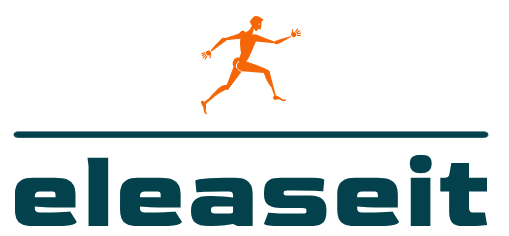
Mastering Equestrian Riding Techniques
Equestrian riding is an art that goes beyond sitting in a saddle; it’s a harmonious dance between rider and horse. Mastering Equestrian Riding Techniques is a journey that involves understanding the nuances of communication, balance, and partnership. Let’s explore the key elements that contribute to becoming a skilled and confident equestrian rider.
Fundamentals of Communication: A Silent Dialogue
At the core of Equestrian Riding Techniques is the silent dialogue between rider and horse. Riders use a combination of subtle cues, body language, and rein aids to communicate their intentions. Understanding the horse’s responses and building a language of trust forms the foundation for effective communication in the saddle.
Balance and Harmony: The Rider’s Center of Gravity
Achieving balance in the saddle is essential for mastering Equestrian Riding Techniques. Riders must find their center of gravity, aligning with the horse’s movements to maintain stability. Proper balance ensures that the rider can move with the horse, enhancing comfort and communication during various gaits and maneuvers.
Seat and Position: A Solid Foundation
The rider’s seat and position are crucial aspects of Equestrian Riding Techniques. A secure and balanced seat allows the rider to move with the horse’s motion while maintaining control. The correct position includes alignment of the head, shoulders, hips, and heels, creating a solid foundation for effective riding.
Aids and Cues: Precise Communication Tools
Equestrian Riding Techniques involve the skillful use of aids and cues. Riders use their natural aids, such as seat, legs, and hands, to communicate with the horse. Understanding how to apply these aids with precision and timing is key to guiding the horse through various maneuvers, transitions, and jumps.
Understanding Gaits: Riding in Rhythm
Mastery of Equestrian Riding Techniques requires a deep understanding of horse gaits. From the walk to the canter, each gait has its own rhythm and characteristics. Riders must learn to move with the horse’s motion, allowing the natural beauty of each gait to shine while maintaining control and direction.
Transitions and Maneuvers: Seamless Movements
Smooth transitions and precise maneuvers are hallmarks of advanced Equestrian Riding Techniques. Riders practice seamless transitions between gaits and execute maneuvers such as turns, circles, and lateral movements with finesse. Mastery of these elements enhances the overall fluidity and grace of the ride.
Jumping Techniques: Navigating Obstacles with Confidence
For those involved in jumping disciplines, Equestrian Riding Techniques extend to mastering jumps. Riders learn to approach, take off, and land after jumps with confidence and accuracy. Jumping techniques require a combination of rider position, control, and precise communication to navigate obstacles successfully.
Trail Riding Skills: Exploring the Great Outdoors
Beyond the arena, Equestrian Riding Techniques are put to the test on trails. Trail riding skills involve navigating varying terrain, crossing obstacles, and maintaining control in open spaces. Riders learn to adapt their techniques to different environments, fostering versatility in their equestrian journey.
Continuous Learning: The Rider’s Journey
Mastering Equestrian Riding Techniques is a continuous learning process. Riders must remain open to new insights, seek guidance from experienced instructors, and engage in regular practice. Each ride presents an opportunity to refine skills, deepen the connection with the horse, and progress on the journey of equestrian mastery.
Explore the World of Equestrian Riding Techniques at Eleaseit.com
For those aspiring to master Equestrian Riding Techniques and enhance their skills, explore valuable resources and insights at Eleaseit.com. Whether you’re a beginner seeking foundational knowledge or an experienced rider looking to refine your techniques, this platform offers guidance to elevate your equestrian journey.

